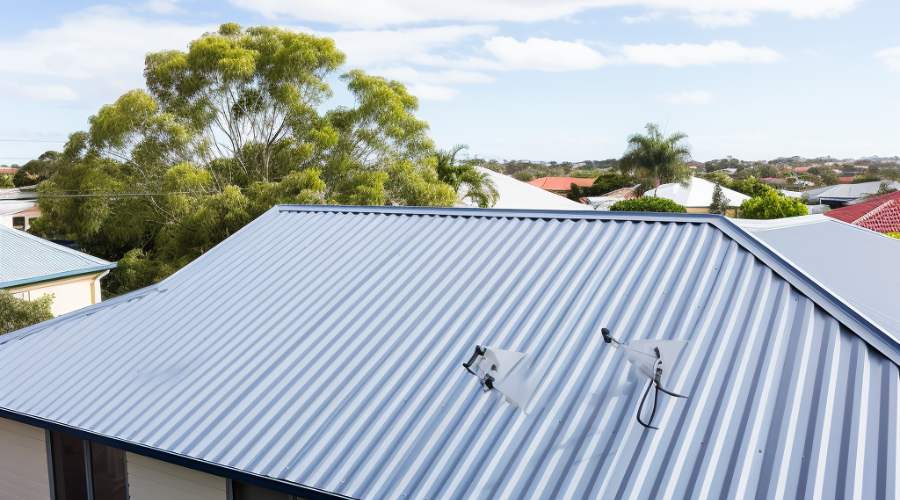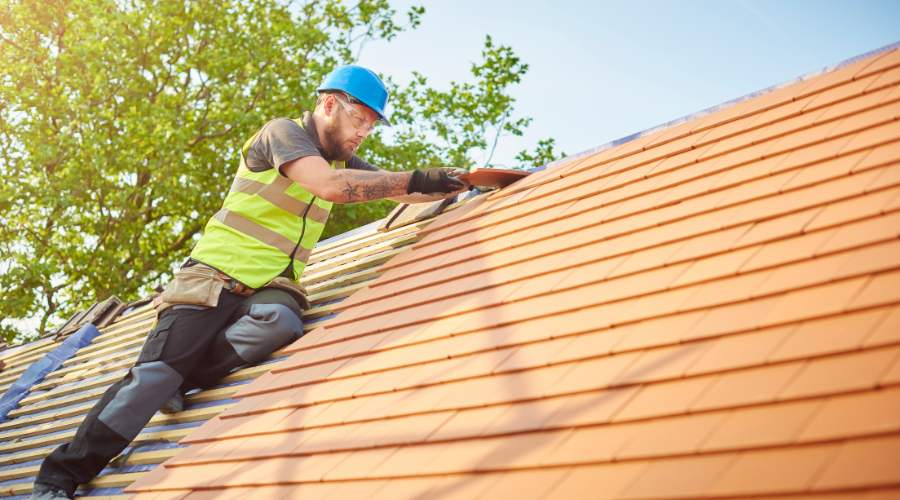Signs You Need Roof Restoration
10 Warning Signs Your Roof Needs Help
Is your roof looking a little worse for wear these days? Roof restoration may be in order if you’re noticing certain telltale signs of damage. Addressing these issues now can save you from more costly repairs down the road.
As a homeowner, your roof is one of your most important assets. It protects you and your family from the elements and keeps your belongings safe and dry. Don’t ignore signs that your roofing needs help, being proactive about restoration extends the life of your roof and prevents further deterioration.
Here are 10 signs to look for that indicate it’s time to restore your roof:
1. Cracked or Missing Shingles
Carefully inspect the shingles on your roof for any that are cracked, brittle, or missing altogether. Damaged or absent shingles create openings where water can seep in and cause leaks. Replacing a few shingles here and there is one option. But if you see multiple damaged shingles, it may mean your entire roof needs to be restored.
2. Roof Leaks
Leaks are a surefire sign that your roof needs help. Check inside your attic and along ceilings for any water stains or moisture accumulation. Even small leaks left unchecked can eventually lead to mold, mildew, and rot. Don’t neglect leaks—restore your roof promptly to prevent further water damage.
3. Fading or Discoloration
If your roofing materials look significantly faded or discolored, restoration is likely needed. Ultraviolet light from the sun degrades and fades it over time. If the original color has noticeably lightened or shows dark streaks, its integrity may be compromised.
4. Accumulated Debris
Take a look at your roof from the ground. Do you see moss, dirt, leaves, or other debris accumulated in spots? This buildup retains wetness and can lead to rot and decay. During roof restoration process, all debris can be removed and vulnerable areas repaired.
5. Ponding Water
Standing or ponding is a red flag when it comes to your roof. It happens when liquid pools in low area instead of running off the roof. This trapped dampness can cause substantial damage. Proper drainage is key for its longevity.
6. Sagging Roof Deck
Structural issues like a sagging roof deck require restoration. If it (the substrate underneath shingles) has areas that look warped, sagging, or sloping, this indicates a loss of structural integrity. Left unaddressed, this will only get worse over time.
7. Damaged Flashings
Flashings around chimneys, vents, and roof valleys channel water off your roof. Inspect these critical areas for damage like rust, cracks, or separation. Compromised flashings can lead to water leakage as it seeps through gaps. Don’t put off restoring faulty flashings.
8. Damaged Gutters or Downspouts
Well-functioning gutters and downspouts are vital for keeping excessive water away from your roof. If you notice gutters pulling away from the roofline or downspouts detached from gutters, restore them promptly. Clogged gutters also force liquid to accumulate on the roof instead of flowing away properly.
9. Attic Mold or Mildew
Detecting mold or mildew growth in your attic is cause for concern about your roof. This indicates humidity is accumulating and needs to be addressed. During restoration, the source of leaks can be found and repaired to eliminate humidity and condensation issues.
10. Roof Age
Once a roof passes about 20 years, restoration is smart to extend its usefulness. On average, they have a lifespan of 20-25 years before needing replacement. Invest in restoration before replacement is your only option.
Should You Repair or Restore Your Roof?
Noticing common signs your roof needs some care? Now you need to decide whether repairs or restoration is the best solution. Here are a few differences between the two types of approaches:
Roof Repairs
- Target specific damaged areas only
- Less costly in the short term
- Can be done DIY if damage is minor
- Don’t significantly extend roof lifespan
Restoration
- Improves condition of roof
- More costly upfront but saves money long term
- Requires hiring professional contractors
- Can double the lifespan of an aging roof
Minor issues like a few damaged shingles can be addressed through repairs. But for problems affecting large areas or the roof surface, restoration is usually the wisest investment.
Professional roof restoration service typically involves:
- Thorough cleaning of the roof
- Removing debris
- Repairing flashings
- Applying protective roof coatings
Comprehensive restoration improves waterproofing, adds extreme weather protection, and stops further deterioration, all without needing full roof replacement.
Pro Tip
Inspect your roof tiles carefully after a hail storm. This can cause loose tiles, cracks, and dark spots. It can also lead to corrosion on metal roofs and damage to exposed electrical wiring. Address it promptly to protect your home.
Conclusion
If you’ve noticed any of the 10 warning signs outlined above, make restoration a priority. Address issues promptly to avoid further damage from leaks, moistness, and decay.
Take advantage of restoration to extend the life of your roof for less cost than full replacement. Your home will enjoy enhanced curb appeal, better energy efficiency, and reliable protection for years to come.
Don’t put it off, get quotes from reputable roofing companies in your area to start your restoration project today!


